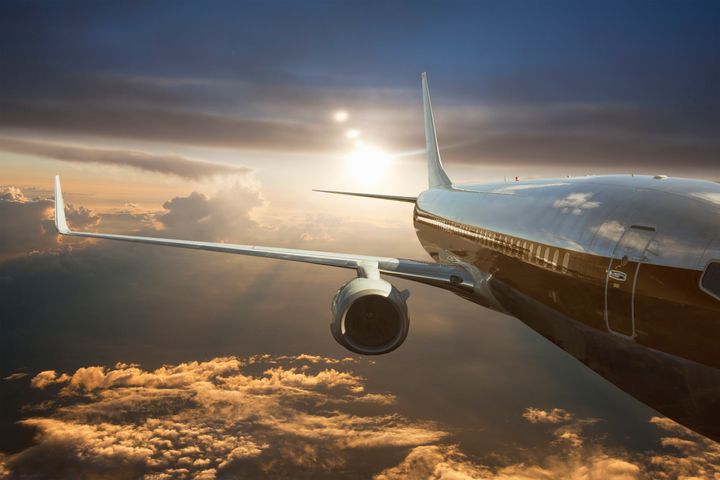If you’re a nervous flyer, space radiation probably isn’t your first concern as you step aboard a plane.
Scientists, however, are increasingly worried about the phenomenon. A single flight across the US can, after all, deliver more radiation than a dental X-ray.
Researchers have now discovered danger zones in the sky where radiation soars to twice the normal levels.
Cosmic rays and solar wind are responsible for most space radiation, but scientists say something else is at play in these “clouds”.
It’s suspected that geomagnetic storms are to blame.

Scientists think temporary disturbances may free electrons in the Van Allen radiation belts – collections of charged particles from solar winds trapped by Earth’s magnetism.
W. Kent Tobiska, an investigator at Los Angeles firm Space Environment Technologies, told New Scientist:
“Those electrons are driven into the upper atmosphere, collide with nitrogen and oxygen atoms and molecules, and then create a spray of secondary and tertiary radiation, likely in the form of gamma rays.”
Tobiska has suggested that regulation of radiation safety may be the next step, with sensors enabling airlines to avoid radiation zones.
Even though the overall risk might be low – a transatlantic flight might increase your risk of fatal cancer by 1 in 300,000, Tobiska said that if it can be reduced, it would benefit crews and frequent flyers, as well as foetuses in the first trimester.
Tobiska told Spaceweather.com the team behind Automated Radiation Measurements for Aerospace Safety would continue their research through out the year: “We’ll be looking carefully for more ‘clouds’ as we continue to characterize the radiation environment at aviation altitudes.”
